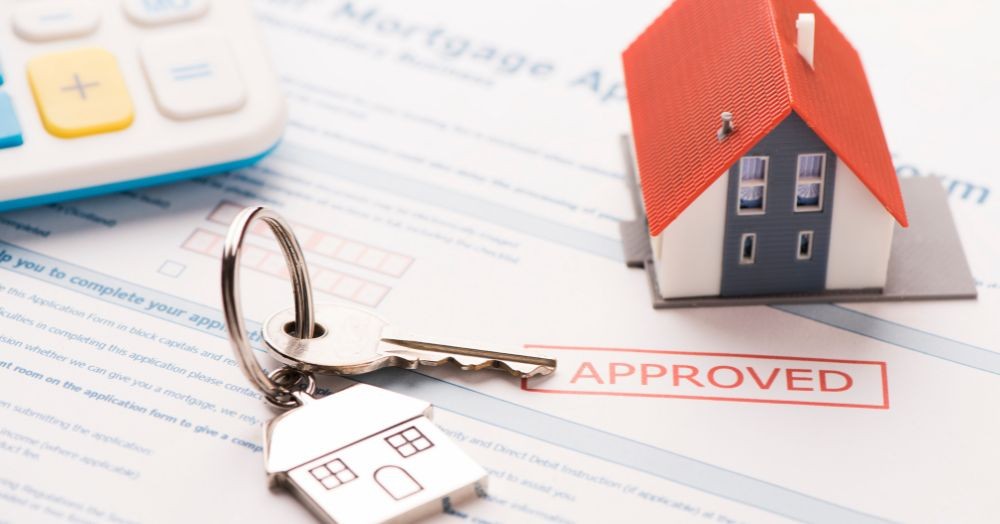• The Lewisham housing market over the last five years has behaved oddly. • Lewisham house prices are 8.3% higher than in 2017, even though during those five years, the British economy had the uncertainty of Brexit and the massive fall in GDP during the pandemic.• Yet, a less observed trend is that the net number of homeowners in Lewisham has r
· The Lewisham housing market over the last five years has behaved oddly.
· Lewisham house prices are 8.3% higher than in 2017, even though during those five years, the British economy had the uncertainty of Brexit and the massive fall in GDP during the pandemic.
· Yet, a less observed trend is that the net number of homeowners in Lewisham has risen by 3,753 households, a jump of 3.7%.
· Why has growth in homeownership happened, and what does it mean for Lewisham's existing homeowners (and landlords)?
With the newspapers full of news about the death of homeownership and the growth in Generation Rent, it must surprise many (as it did with me) that the number of homeowners in Lewisham has grown.
To give some context…
The number of homeowners in Lewisham dropped between 2011 and 2017 by 382 households, yet between 2017 and 2021, that grew by 3,753 households.
So, what is behind this growth in homeownership and is it a good thing?
Politicians love it when homeownership rises, as they believe owning a house turns individuals into model upright citizens. It was one of the critical reasons for the council house sell-off in the 1980s.
Yet the hard data to back this up is unexpectedly slim, whilst other studies hint that homeownership has some harmful costs to the economy, such as reduced entrepreneurial spirit and the disinclination to move home to find work.
However, increasing homeownership may be a good foundation for Britain’s economic recovery after the last few years. Homeowners have a greater propensity to live in single-family unit homes like townhouses and semi-detached houses.
A greater demand for more single-use homes supports the construction of such dwellings (instead of other types such as small apartment blocks or Homes of Multiple Occupation). This is important because single-family unit homes tend to be better build quality, have more extensive gardens, and have more local amenities.
So, what are the sort of numbers I am talking about in Lewisham?
In 2017, there were 48,894 Lewisham owner-occupied homes. By 2021, this had grown to 52,648 Lewisham homes.
This means homeownership in Lewisham has risen from 40.6% of the households in Lewisham in 2017 to 42.1% in 2021, a proportional increase of 3.7%.
So, what is behind this growth in homeownership?
1. 95% mortgages have been readily available at low-interest rates now for over a decade. In 2017, first-time buyers also got an exemption from stamp duty. This created a perfect storm of demand, which caused the number of Lewisham first-time buyers to rise.
2. Whilst the rise in homeownership in Lewisham precedes the pandemic by a couple of years, another factor to the growth relates to the last property market recession of 2008/9 (the Credit Crunch). Between 2009 and 2012, many Lewisham homeowners found themselves unemployed and still had to pay mortgages at 6% to 8%. Some homes were repossessed or some had to sell their home at a low price to unshackle themselves from their high mortgage costs. This development, nevertheless, took many agonising years to play out, reducing the homeownership until the middle of the last decade.
3. People’s views on the way they live have altered during the lockdowns. In a sphere of stay-at-home instructions and social distancing, the peace of mind of homeownership gives Lewisham homeowners the security of tenure.
4. Finally, there has been a long-term change in the demographics of the UK. Millennials (currently aged between 26 and 41) are less likely to be homeowners than their Baby Boomer parents were at the same age. Yet, the British millennial generation is now entering its prime home-buying period as they have saved their deposit and are more likely to inherit money from their grandparents. (The average age of a first-time home-buyer in the UK is 33 compared to 26 in the mid-1990s).
So, the final question has to be…
how much further could homeownership go in Lewisham?
The biggest hurdle could prove to be the supply of available homes.
Many 'accidental landlords' have been selling their properties recently, which first-time buyers have bought. Accidental landlords put their own homes up for rent in the early to mid-2010’s because they could not sell. Now they have been motivated to cash in on the higher Lewisham house prices in the last couple of years, which increased the supply of properties to buy for owner-occupation.
Also, the number of houses on the market in the UK available to buy has increased from existing owner-occupiers. In December 2021, there were 355,700 properties for sale yet by March 2022, that had risen to 431,000. This is giving greater confidence to other Lewisham homeowners too scared to put their homes up for sale because they are concerned they would to not be able to find anything else. Things are starting to change in that regard.
Also, there are signs of a recovery in British new home building as the number of new housing starts in 2021 hit the highest level since the financial crisis of 2007. Yet with a steady increase in Lewisham landlords returning to the market in the last few months, this tide will turn.
Lewisham’s homeownership could continue to swell for a while yet!
P.S. What does this mean to the private rented sector in Lewisham? Come back next week as I give some fantastic insights every Lewisham landlord will want to read to ensure they remain profitable in the Lewisham buy-to-let market.
Written By Neil Raja
Neil Raja ANAEA, MARLA
Director
M 07930501099
P 02088524441
E neil.raja@remax.co.uk
Remax First
250 Lewisham High Street, London, Se13 6Ju
www.remax-first.lifesycle.co.uk/blogs





 by
by 


Share this with
Email
Facebook
Messenger
Twitter
Pinterest
LinkedIn
Copy this link